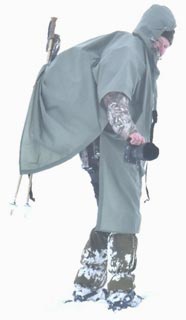AUTHOR



© Bernard Hostache
The author:
Coming from Belfort, I was quick to discover the landscape and nature from the Jura and the Vosges. Already as a child the mysterious world of wilderness surrounding the forest had fascinated me. This fascination was there to stay.
Few years later a move to the Jura due to a professional relocation took place.
The scenery, the wild life are both breath taking and regal. Both factors pushed me to take a plunge and motivated me to take on naturalistic photography.
I am involved in this fantastic field as I am also busy in my trade of hydro technician where I regulate dams.
The majestic sceneries as well as the rich wildness pushed me to go ahead and start naturalistic photography in 2009. I practice this fascinating activity along with my job of hydro engineering.
Image territory:
You’d have understood the “territory image” is a wink at my Belfort’s origins.
The mountain chain of Jura and its boreal forest atmosphere are a real treat for a naturalist photographer. I love to observe the light which highlight the wilderness and manages to draw all its nuances through the objective.
Through my images I hope to share the feeling and beauty of nature. Furthermore I want to draw the attention to this fragile nature too often affected by our actions.
Ethic at the center point of my work:
Animals’ photographs in the gallery have been done with wild creatures, free and not *induced. They’re the result of long hours of observation spent on site with the upmost respect for the animals. The same is applied to the flora, the fauna no plants have been disturb of damaged, no pictures have been taken in a garden, everything at times some very rare plants have been captured. We must preserve it absolutely in order to maintain the biodiversity and transmit it to the future generations.
Let’s observe to understand. Understand to protect !
*In ethology; to induce/impregnate is a form of apprenticeship allowing to condition a juvenile animal. Konrad Lorenz, doctor, philosopher and Nobel prize winner was one of the first researcher to devote time and it’s impact during the thirties with work done on geese.